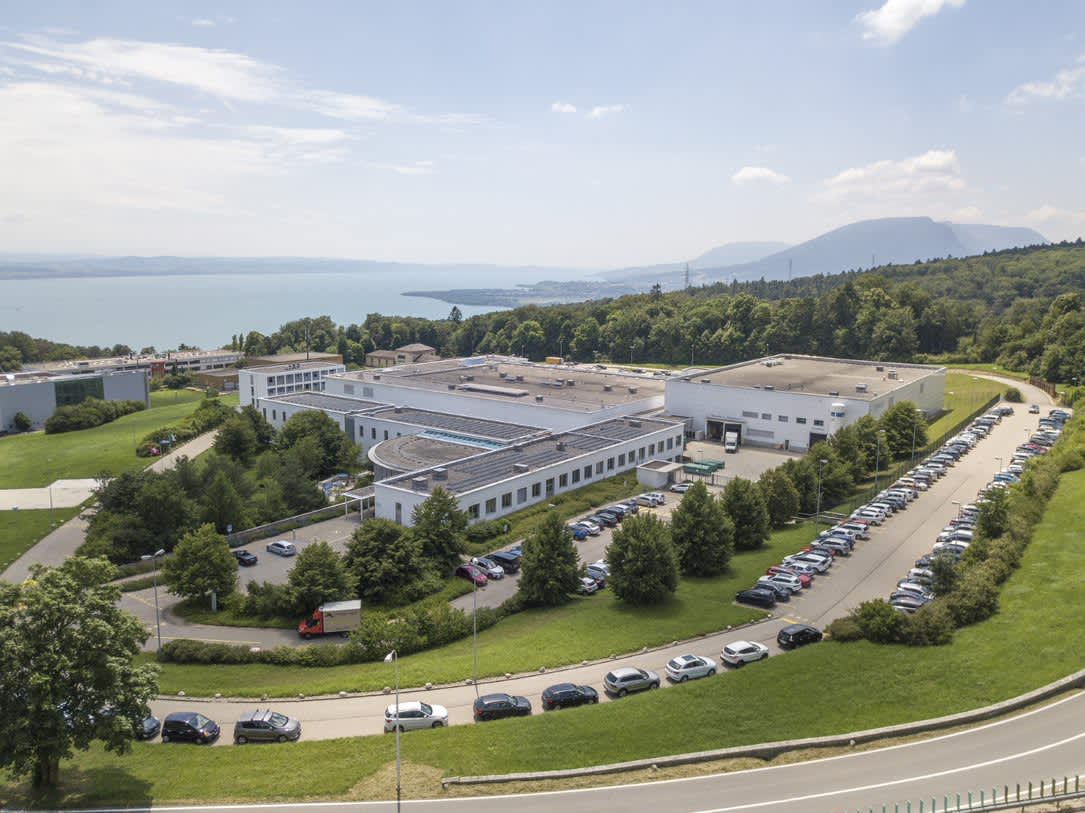Commitment to the Planet - Sustainability | Takeda Pharmaceuticals
Our Commitment to the Planet

A healthier planet means healthier people. That’s why we act with urgency to minimize our environmental impact, developing sustainable solutions to improve public health and working with our peers and strategic partners to foster responsible innovation to protect the world in which we live.
We’re minimizing our environmental impact and progressing towards our sustainability goals.
Key objective
We will harness our unique capabilities to deliver a high standard of environmental leadership that protects our planet’s natural systems and human health.
Measurable priorities
Priority 1
Minimize the environmental impact of products and services based on the principles of a circular economy.
Priority 2
Decarbonize our operations and value chain.
Priority 3
Empower our employees to go above and beyond to conserve the world’s natural resources.
Why it matters
We must do everything we can to continually reduce our environmental impact, putting environmental stewardship and resource conservation at the heart of our business operations and practices even as we carry out our commitments to patients and our people. Both internal and external stakeholders expect us to set the highest standards in this respect and take action.
Our vital role
We have actively engaged in environmental stewardship initiatives for many decades since we first established an Environmental Protection Committee in 1970. We continue to lead the way and partner with others to find new and innovative ways to protect our planet.
Our programs and focus areas
Our commitment to environmental sustainability is enshrined in the three commitments that are articulated in our vision – “Discover and deliver life-transforming treatments, guided by our commitment to Patients, our People and the Planet.”
The Planet pillar consists of three programs around which our projects, actions and activities are structured – Climate Action, Natural Resource Conservation and Sustainability by Design.
Climate Action
Eliminating GHG emissions from our operations and across our value chain.
Our Climate Action Program has the overarching goal of achieving net-zero greenhouse gas emissions. Efforts are structured around local initiatives to reduce the GHG emissions from our own operations. To achieve this, we focus on energy efficiency projects and low-emission technologies. We are increasing renewable energy sources at our own sites and purchasing renewable energy on a regional basis. We are also reducing indirect emissions (Scope 3) by engaging with our suppliers. All these efforts will help us meet our challenging targets.
We are committed to working to achieve net-zero GHG emissions in our operations by 2035. But, we are committed to reaching net-zero for our entire value chain, including currently estimated scope 3 GHG emissions, by 2040.
We will help 67% of our suppliers to establish their own science-based emissions targets by 2024.
Our GHG reduction targets are aligned with the requirements of The Science Based Target initiative (SBTi) and correspond to the latest climate science.
Natural Resource Conservation
Minimizing environmental impacts of our operations and conserving natural resources (water stewardship, responsible waste management, biodiversity).
The Natural Resource Conservation Program aims to minimize our impact on the natural world. Our efforts are structured around workstreams on water and waste stewardship (pollution prevention, resource efficiency), reducing impacts to biodiversity and minimizing harmful emissions.
By FY2030, we aim to achieve zero waste-to-landfill status for all major locations. As of 2022, we have already achieved 80% zero waste-to-landfill.
By FY2025, we will reduce our freshwater withdrawal by 5% from a FY2019 baseline while growing our business.
Sustainability by Design
Designing products and services to minimize their environmental impact through their life cycle.
Our Sustainability by Design program aims to minimize our environmental footprint by incorporating sustainability principles during every stage of product development. The activities involve R&D, Drug Products & Processing and Packaging and Devices. They are designed to minimize the environmental impact of all future products throughout their life cycle. We already adapted packaging to reduce material use and improve recyclability of existing products.
- By FY2025, at least 50% of paper and fiberboard in secondary and tertiary product packaging by weight will be either recycled content or forest stewardship certified.

